Astronomy will never be the same again | Science & technology.
Get the latest international news and world events from around the world.
SpaceX Starship explosion: Elon Musk outlines next step before orbital flight
Signs are positive after an explosion during tests this week, but SpaceX still ‘need to inspect all the engines’ of their Starship first-stage booster.
SpaceX’s Starship Booster 7 gone for repair after explosion, JWST First Images, CRS-25, Vega C
Head to https://www.squarespace.com/marcushouse to save 10% off your first purchase of a website or domain using code MARCUSHOUSE
Quite the inspirational week this one with the complete set of JWST First Images. Loads of Starship and Starbase news. Last week I mentioned that it was fire time for Starbase, and…WOW… I was not wrong there. SpaceX’s Starship Booster 7 has gone for repair after explosion. Falcon 9 launches for both Starlink and finally CRS-25. We also had the very first launch of Vega C. Rocket Lab firing off another Electron, and more. So enough of this intro. Let’s crack on with it!
Everyday Astronaut — Elon Musk Explains SpaceX’s Raptor Engine!
End Screen Music — Isle of Rain by Savfk.
Join the mailing list to be notified when I release a video.
https://marcushouse.space/email-list.
👕Like this shirt? Pick it up on any product you like here.
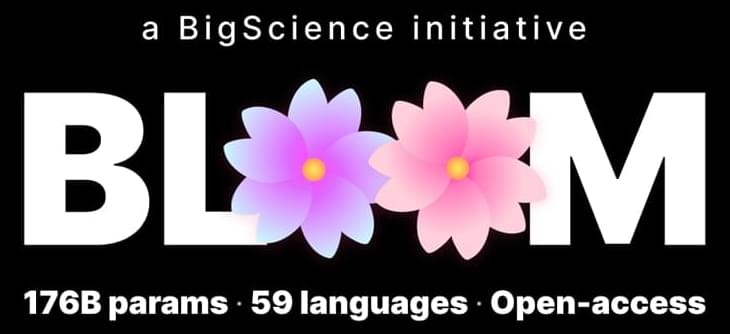
An open-access, multilingual AI
A new language model similar in scale to GPT-3 is being made freely available and could help to democratise access to AI.
BLOOM (which stands for BigScience Large Open-science Open-access Multilingual Language Model) has been developed by 1,000 volunteer researchers from over 70 countries and 250 institutions, supported by ethicists, philosophers, and legal experts, in a collaboration called BigScience. The project, coordinated by New York-based startup Hugging Face, used funding from the French government.
The new AI took more than a year of planning and training, which included a final run of 117 days (11th March – 6th July) using the Jean Zay, one of Europe’s most powerful supercomputers, located in the south of Paris, France.
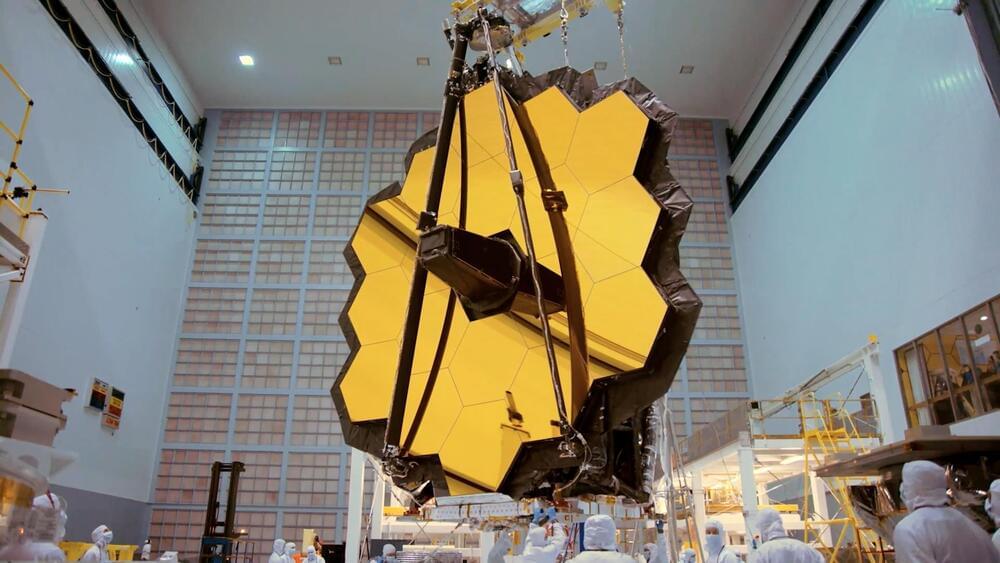
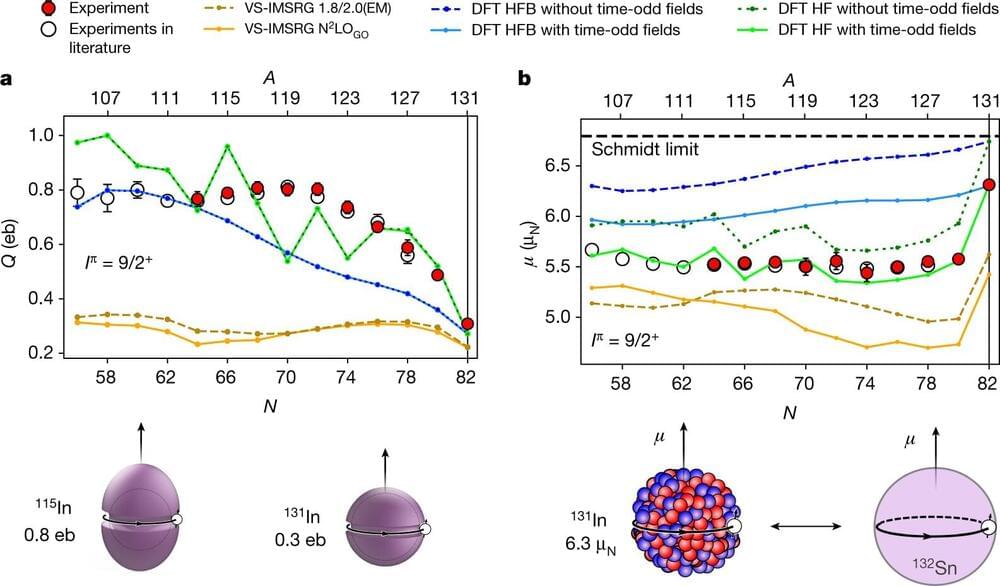
New technique allows physicists to study interactions of neutrons inside of an atom
An international team of physicists has developed a new technique that allows researchers to study the interactions between neutrons inside of an atom. In their paper published in the journal Nature, the group describe their laser spectroscopy measurement technique and how it can be used.
It has been nearly 100 years since scientists discovered that inside of every atom are protons —which give atoms their atomic number —as well as neutrons. And despite much study of subatomic particles, scientists still do not know what sorts of interactions go on inside of an atom. In this new effort, the researchers modified laser spectroscopy measurement techniques to study such interactions.
In this new work, the researchers began by looking at elements with a magic number —those that have highly stable protons and neutrons—and wound up using indium-131, which has a magic number of neutrons, and also a proton hole, in which a nuclide has one fewer proton than a traditional magic number element. Indium-131 is, unfortunately, also notoriously unstable, which means that it only exists for a short time before breaking down—it tends to last for just 0.28 seconds.
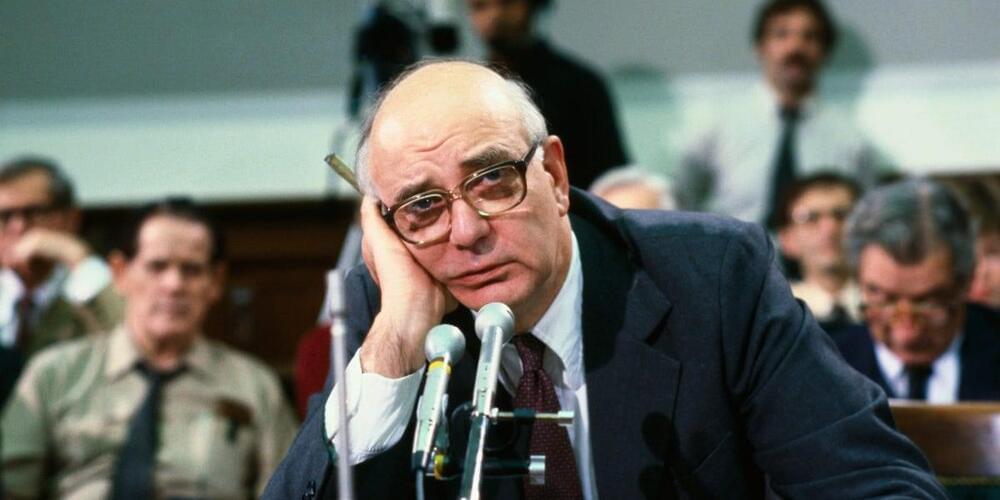
Soaring inflation has traders betting on the first 100-basis-point rate hike in decades
Should the Fed make a 1-percentage-point hike at the July meeting, it would be the largest move since Paul Volcker was Fed chairman in the 1980s.
Lasers normally use mirrors to create laser light, but a new kind uses clumps of moving particles. The result is a laser that is more programmable and could generate extra-sharp visual displays.
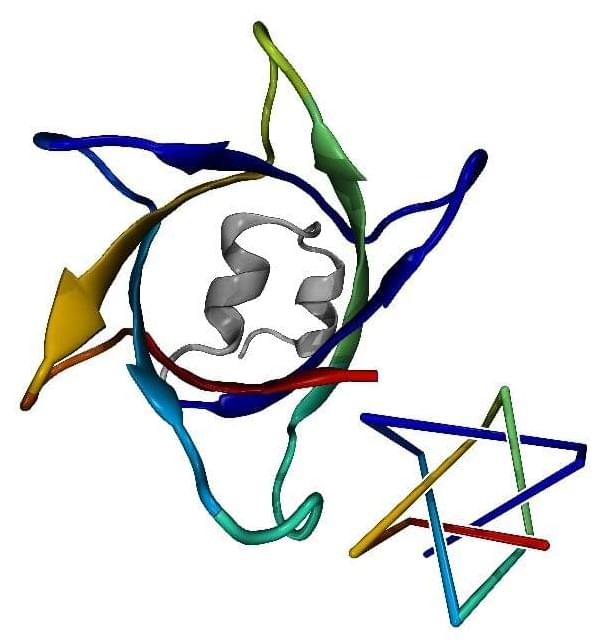
Physicists use AI to find the most complex protein knots so far
The question of how the chemical composition of a protein—the amino acid sequence—determines its 3D structure has been one of the biggest challenges in biophysics for more than half a century. This knowledge about the so-called “folding” of proteins is in great demand, as it contributes significantly to the understanding of various diseases and their treatment, among other things. For these reasons, Google’s DeepMind research team has developed AlphaFold, an artificial intelligence that predicts 3D structures.
A team consisting of researchers from Johannes Gutenberg University Mainz (JGU) and the University of California, Los Angeles, has now taken a closer look at these structures and examined them with respect to knots. We know knots primarily from shoelaces and cables, but they also occur on the nanoscale in our cells. Knotted proteins can not only be used to assess the quality of structure predictions but also raise important questions about folding mechanisms and the evolution of proteins.
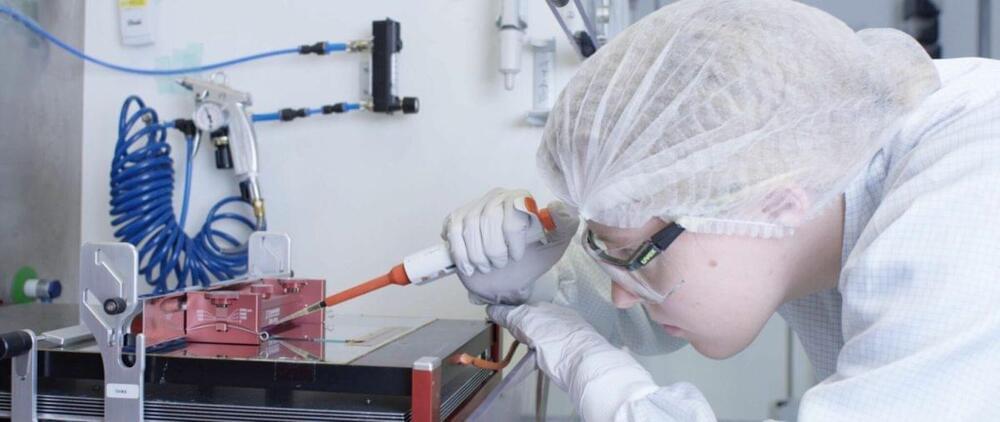
Eco-friendly solvent for a 16.7% perovskite solar cell
Scientists in Germany looked to eliminate the use of toxic solvents in the production of perovskite solar cells, replacing them with a more environmentally material called dimethyl sulfoxide (DMSO) which has so far proved difficult to integrate into processes suitable for large-scale production. The group demonstrated a scalable blade coating process using DMSO as the only solvent, and reached cell efficiencies close to those achieved using more toxic substances.
Exploring The World’s Largest Solar Powered Boat
MS Tûranor PlanetSolar, also known as PlanetSolar and founded by Swiss explorer Raphael Domjan, is the world’s largest solar-powered boat, which was launched on March 31, 2010. Between 2010 and 2012, it became the first solar electric car to round the globe, taking 584 days.
Solar panels covering 537 m2 of the 31-meter boat, rated at 93 kW, connect to two electric motors, one in each hull. The ship’s two hulls contain 8.5 tons of lithium-ion batteries. Because of its shape, the boat can go at speeds of up to 10 knots (19 km/h). To establish its hydrodynamics and aerodynamics, the hull was model tested in wind tunnels and tank tested. After the record attempt, the boat was planned to be utilized as a luxury yacht.